Why Are the Democratic Women Dressed in White
Dozens of women members of the House of Representatives made a powerful statement on Tuesday night when they attended President Donald Trump's State of the Union address wearing white.
The shade is a nod to the suffrage movement and female activists who fought for women's right to vote. Last week, Rep. Lois Frankel (Fla.), chair of the House Democratic Women's Working Group, urged female lawmakers to wear white for Trump's speech to "honor all those who came before us and send a message of solidarity that we're not going back on our hard-earned rights."
And send a message, they did. Photos from the address show a visually striking image of women all in white, a statement that's difficult to ignore.
But it's not the first time women have made a symbolic statement in white. Let's delve into the history.
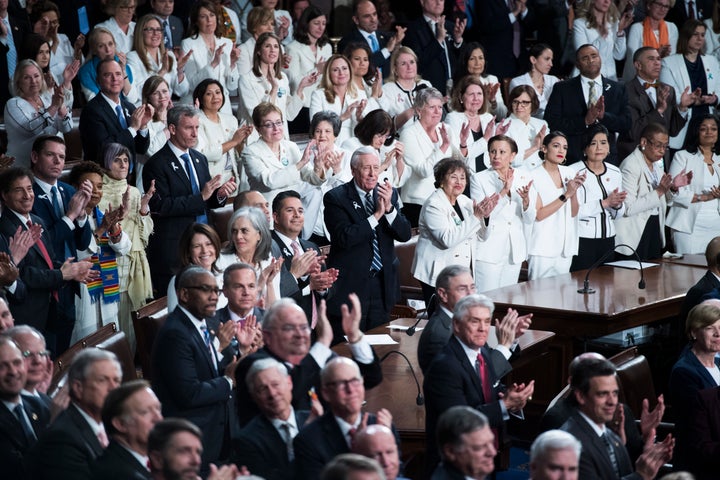
Tom Williams via Getty Images
In the early 1900s, white became the color of choice as the Women's Social and Political Union ― which Another Magazine notes was the leading force behind the suffrage movement ― rallied across the United Kingdom. White was initially chosen because it was "inconspicuous," while also being somewhat feminine, the magazine points out.
Emmeline Pethick-Lawrence, honorary treasurer of the Women's Social and Political Union, chose three main colors to represent the movement ― white (for purity), purple (for dignity) and green (for hope) ― and to help participants at a 1908 rally in London's Hyde Park present a united front, according to History.com. In the United States, white, purple and gold were the official colors of the National Women's Party, according to The New York Times.
Another Magazine notes that while green and purple were acceptable for small events, white was encouraged for bigger gatherings.

Heritage Images via Getty Images
Following that 1908 rally in London, which attracted tens of thousands of participants, it became clear that a sea of women wearing white outfits made quite a visual impact. As noted, white was meant to represent purity. And, according to Another Magazine, many of the women fighting for the right to vote in the early 1900s knew if they wore the color and presented themselves as pure and feminine, they would get more respect from men.
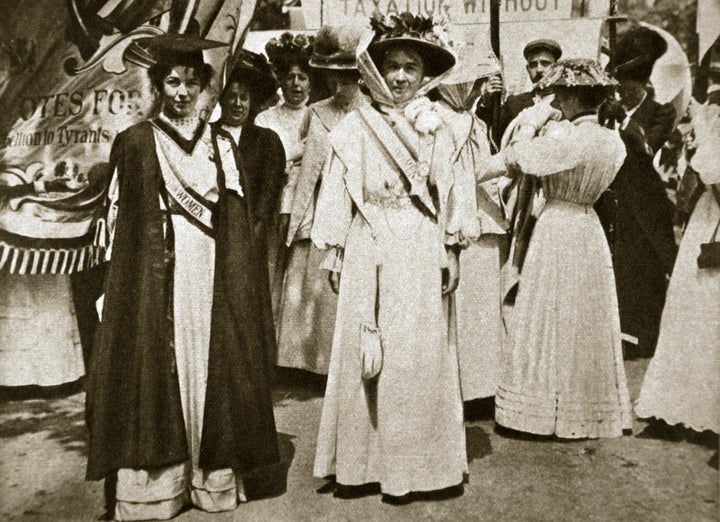
Heritage Images via Getty Images
Women activists in the U.S. also wore all white as they fought for women's rights.
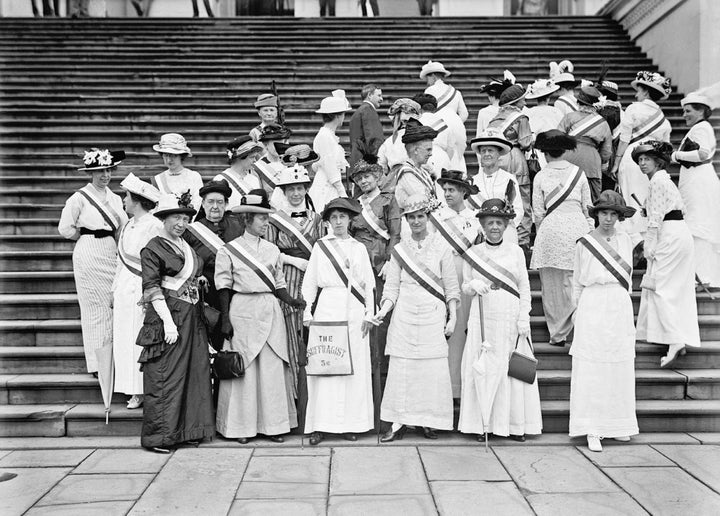
Universal History Archive via Getty Images

Bettmann via Getty Images
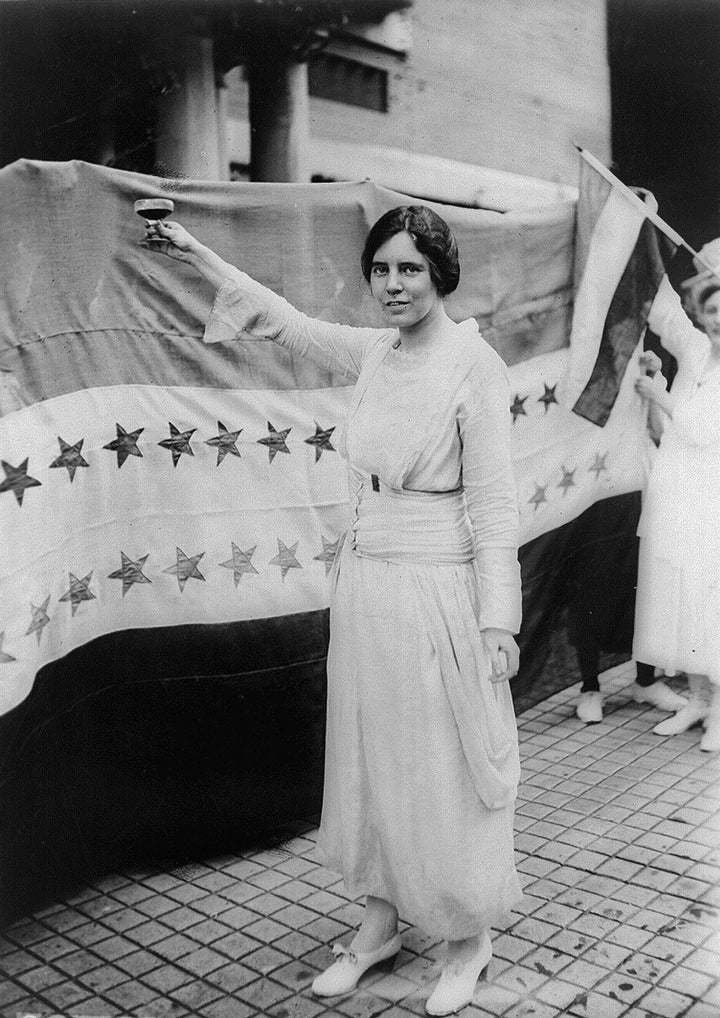
Universal History Archive via Getty Images
Over the years, many other notable women have worn white as a nod to the suffrage movement and the women's rights movement as a whole.
For instance, in 1968, Shirley Chisholm wore white on the night she became the first black woman elected to Congress.
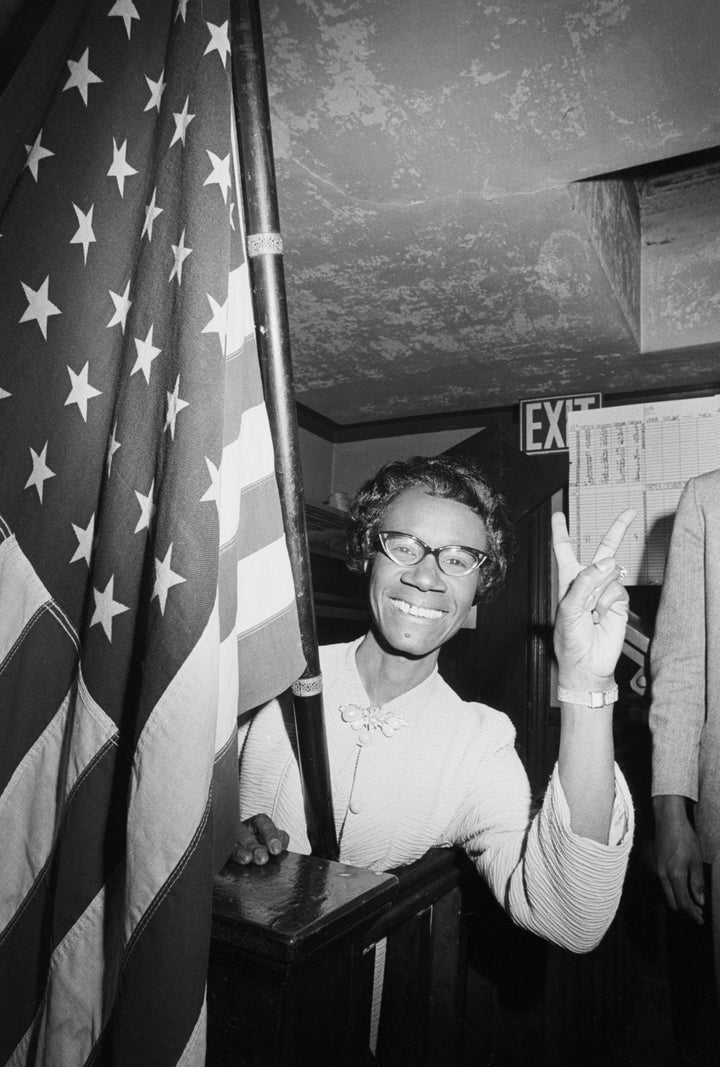
Bettmann via Getty Images
Geraldine Ferraro also wore white to accept the nomination for vice president at the 1984 Democratic National Convention. Ferraro was the first woman to become a vice presidential nominee for a major American political party.

Bettmann via Getty Images
Hillary Clinton notably wore white to accept the Democratic Party's nomination for president in 2016; she was the first woman nominated for president by a major party. On Election Day that year, many American women wore white to the polls.
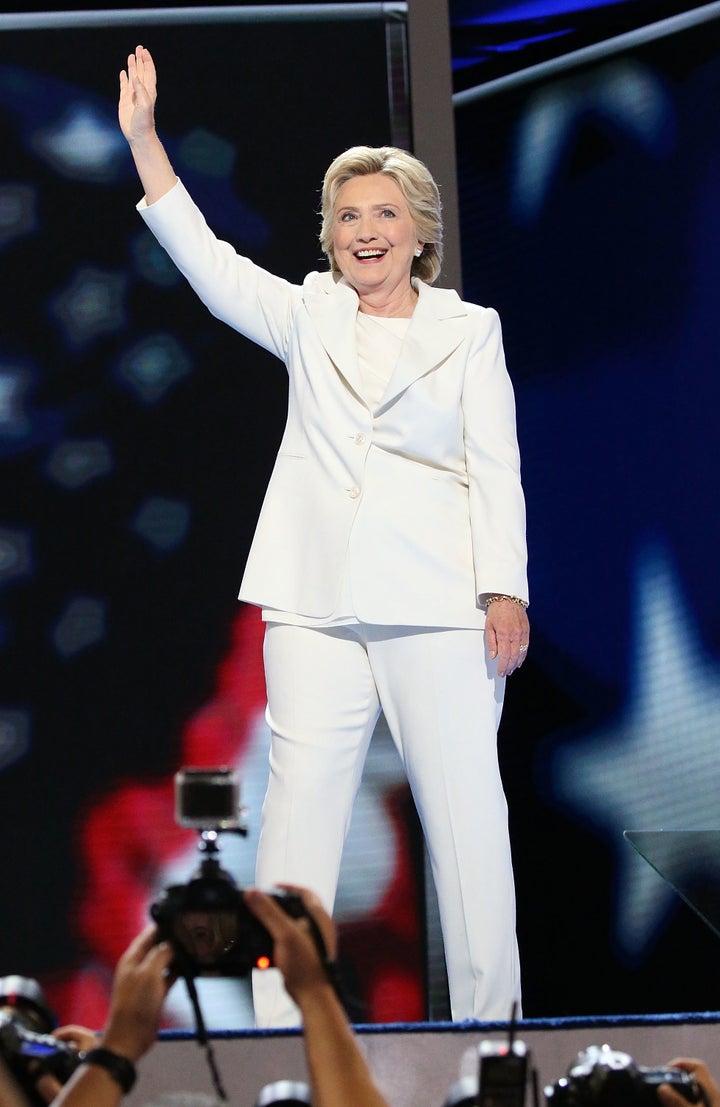
Paul Morigi via Getty Images
In January 2017, Clinton wore white for Trump's inauguration. The choice was especially poignant, given Trump's history of misogyny.
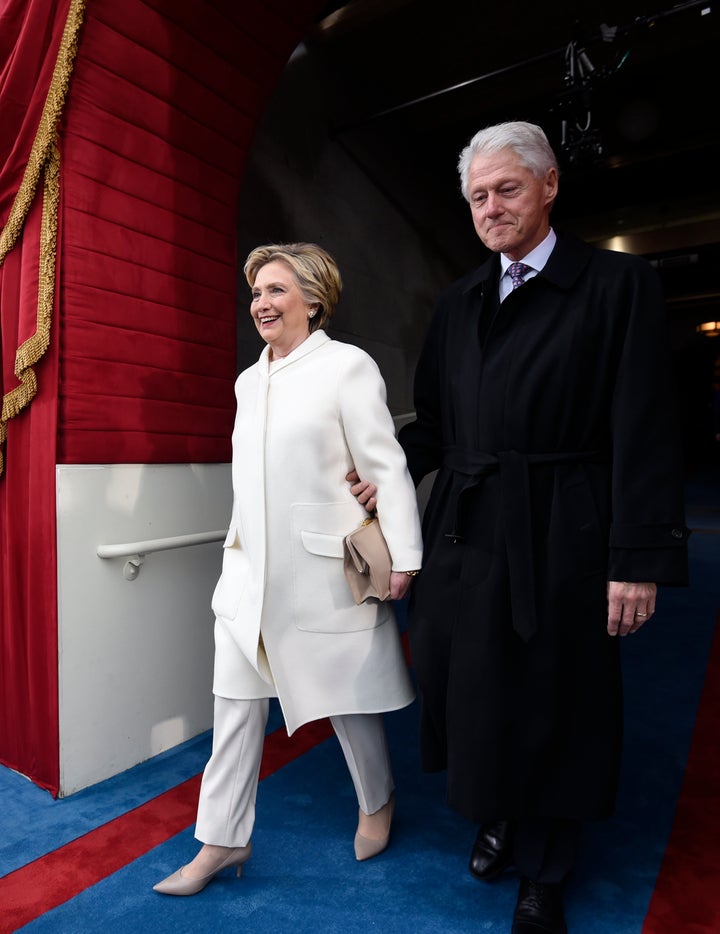
Pool via Getty Images
Later that year, some Democratic congresswomen wore white to attend the president's first major congressional address. At the time, Frankel said the decision to wear white was meant to unite the women "against any attempts by the Trump administration to roll back the incredible progress women have made in the last century," per NBC News.

Alex Wong via Getty Images
More recently, Rep. Alexandria Ocasio-Cortez (D-N.Y.) chose to wear white when she was sworn into Congress; she's the youngest women to be elected to Congress.
Ocasio-Cortez even tweeted about her outfit choice, writing that she wore all-white "to honor the women who paved the path before me, and for all the women yet to come. From suffragettes to Shirley Chisholm, I wouldn't be here is it wasn't for the mothers of the movement."

SAUL LOEB via Getty Images
And that brings us to Tuesday's State of the Union, where the women who chose to wear white stood together for a photo ahead of the address.
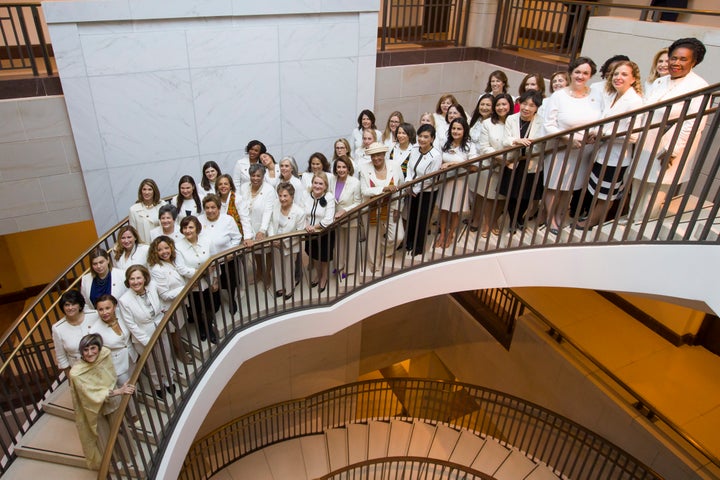
ASSOCIATED PRESS
To some, an outfit choice may seem trivial and shallow. But if these women have showed us anything, it's that one's clothing sometimes speaks louder than words.
HuffPost's "Her Stories" newsletter brings you even more reporting from around the world on the important issues affecting women. Sign up for it here.
Before You Go

Perfect Quotes From Hillary Clinton
Source: https://www.huffpost.com/entry/women-wearing-white-politics-fashion-state-of-the-union_l_5c5af771e4b087104759afc5